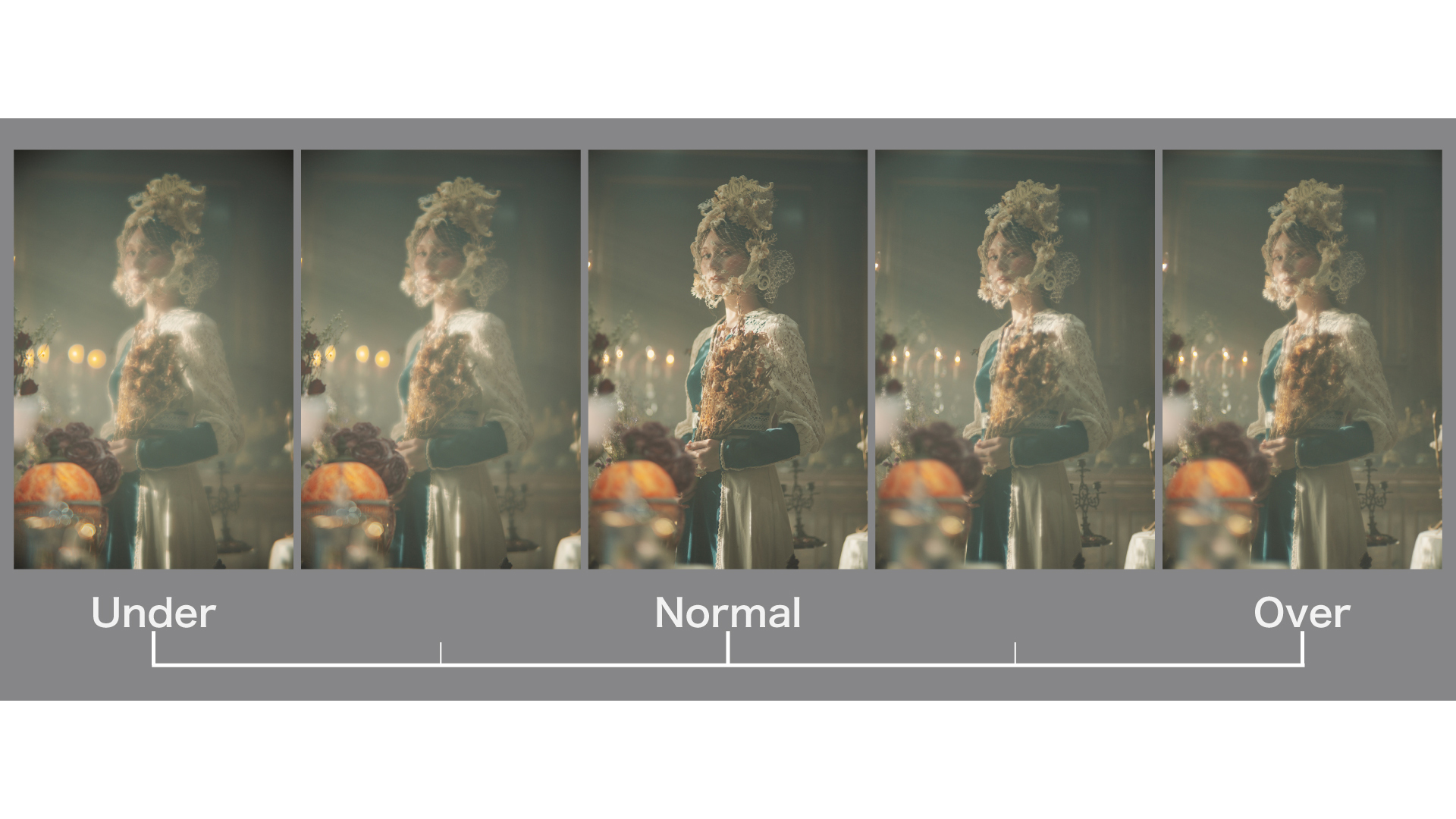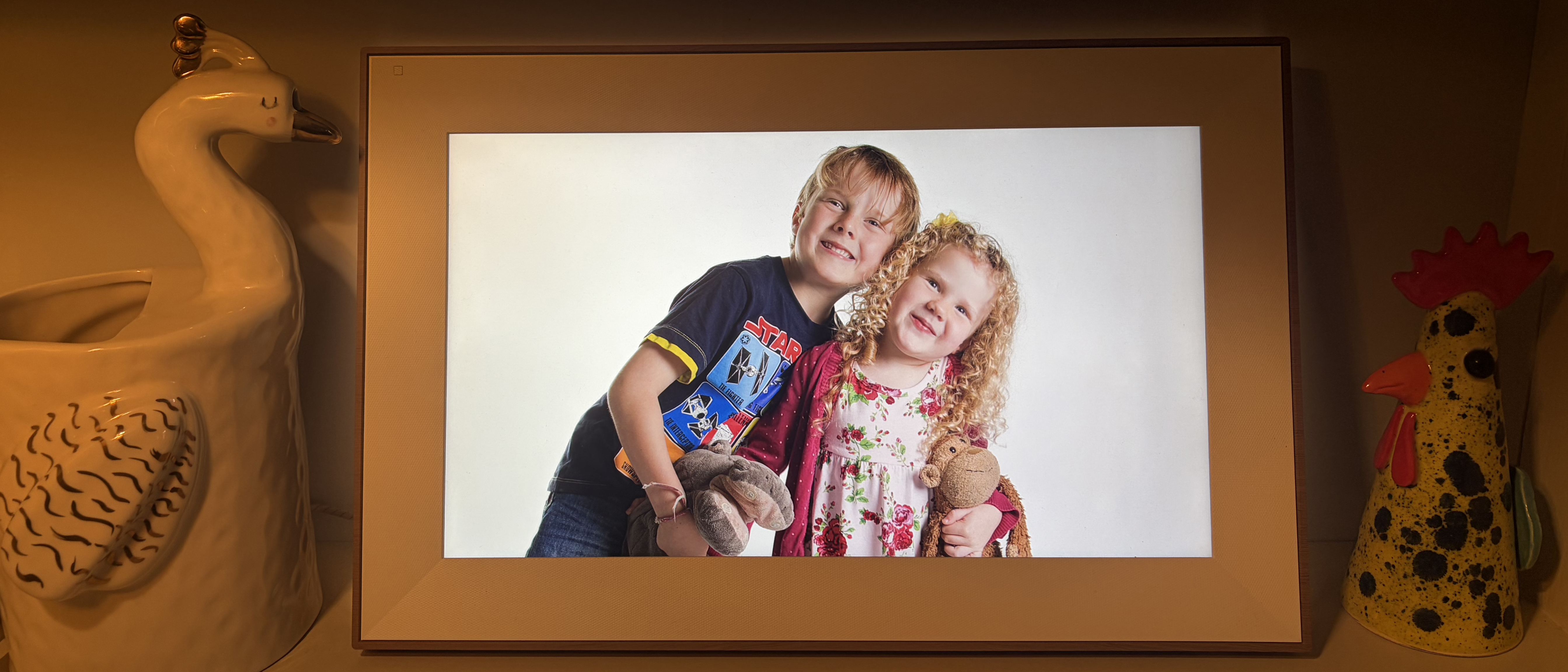We love bokeh – and with this new lens, creating unique bokeh effects has never been easier
The Voigtländer Portrait Helier 75mm f/1.8 is announced, promising to achieve a variety of stunning bokeh effects in-camera
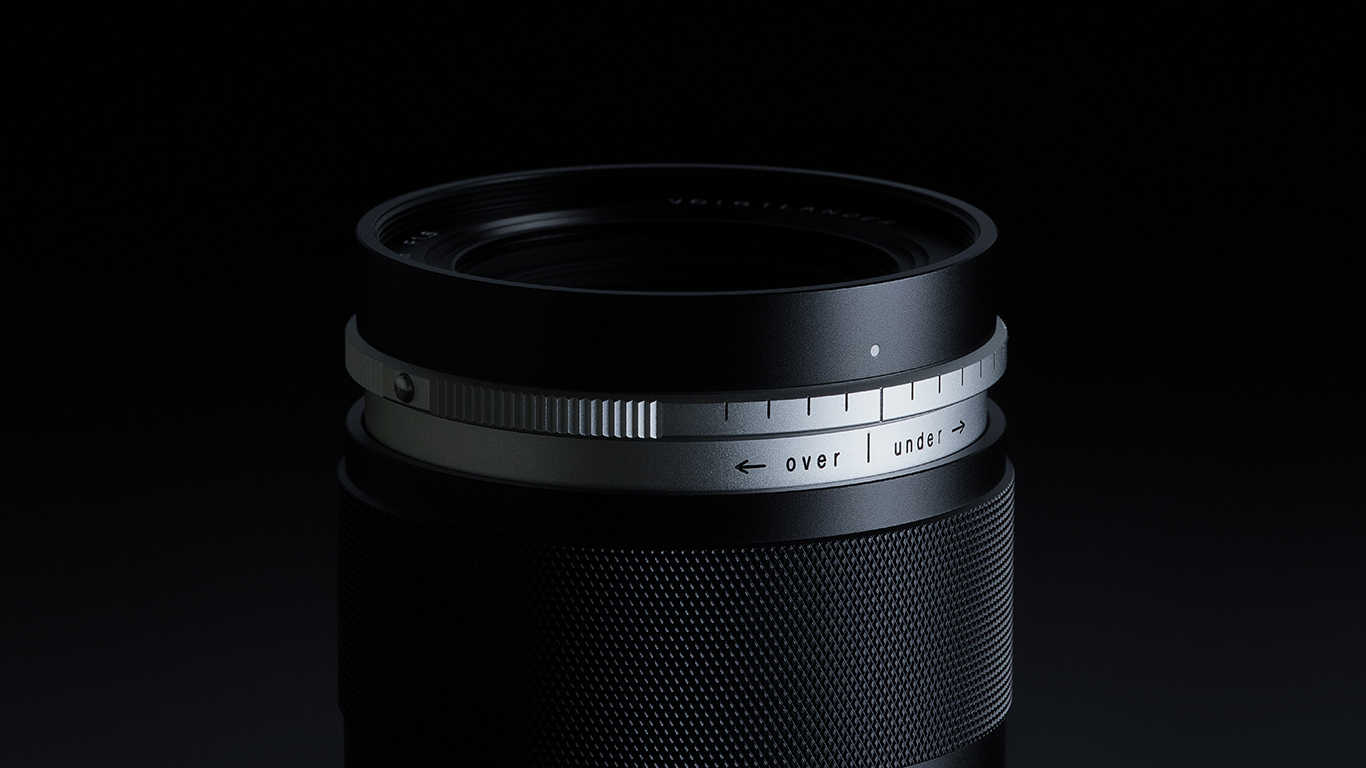
A new bokeh effect lens has been announced by Voigtländer, set to debut in June 2025.
The Voigtländer Portrait Helier 75mm f/1.8 is the company's first full-frame interchangeable lens for full-frame mirrorless Sony cameras. It is designed to simplify the creation and control of bokeh effects, making it easier than ever to achieve our visual goals.
Dreamy bokeh – the quality of the out-of-focus areas in an image – is something that portrait photographers strive for. The effect can be created in part with a shallow depth of field, using wide apertures (small f-stop numbers) to minimize the focus area, enabling the subject to stand out against a beautifully blurred background.
While there are various methods to refine the bokeh, such as adjusting the distance between the lens and the subject, the Portrait Helier 75mm f/1.8 features a spherical aberration (SA) control mechanism.
While a very uncommon feature, there are a couple of recent lenses that have an SA ring: the Canon RF 100mm f/2.8L Macro IS USM and the Lomography Nour Triplet V 2.0/64 Bokeh Control Art Lens.
You can see the lens, and this effect, in action in the video below:
While spherical aberration is not the same as a bokeh, it can significantly influence its appearance.
The best camera deals, reviews, product advice, and unmissable photography news, direct to your inbox!
It is an optical distortion that is often seen as an 'optical problem'. It happens when light rays travel through various lens elements and get refracted (bent) differently. This can cause the light rays to focus at different points, resulting in blurriness or distortion and uneven lighting in image areas that are out of focus.
Instead of correcting this 'optical problem', Voigtländer is using it for good in its new E-mount lens. It focused on the relationship between SA and bokeh, offering us a creative twist that makes it possible to create unique photographic bokeh.
The variety of bokeh expressions can be controlled using the control ring mechanism. This feature enables photographers to manage the SA settings for either under-correction or over-correction, depending on the look you're going for.
If you opt for under-correction, you'll get a beautiful soap bubble bokeh effect. On the other hand, over-correction will give you a lovely soft-focus glow throughout the frame.
Honestly, I can't wait for this lens to be released in June 2025. I bet portrait photographers are just as eager, especially since the genre is so competitive, which makes it tough to stand out – but with this lens, it looks like we'll be able to approach our creative goals in new ways and can incorporate a unique bokeh into every shot.
Voigtländer Portrait Helier 75mm f/1.8: Specifications
The lens is exclusively designed for Sony's E-mount full-frame mirrorless cameras, covering the entire image circle to deliver high-quality results.
It features electronic contacts that enable communication between the lens and the camera body. It does not have autofocus, but you can enlarge the viewfinder by adjusting the focus ring.
Focal length: 75 mm
Angle of view: 33.2°
Aperture ratio: 1:1.8
Minimum aperture: f/11
Lens construction: 3 groups, 6 elements
Aperture blades: 9
Minimum shooting distance: 0.7m
Maximum magnification: 1:7.4
Maximum diameter x total length: 70 x 88mm
Filter size: 62mm
Weight: 560g
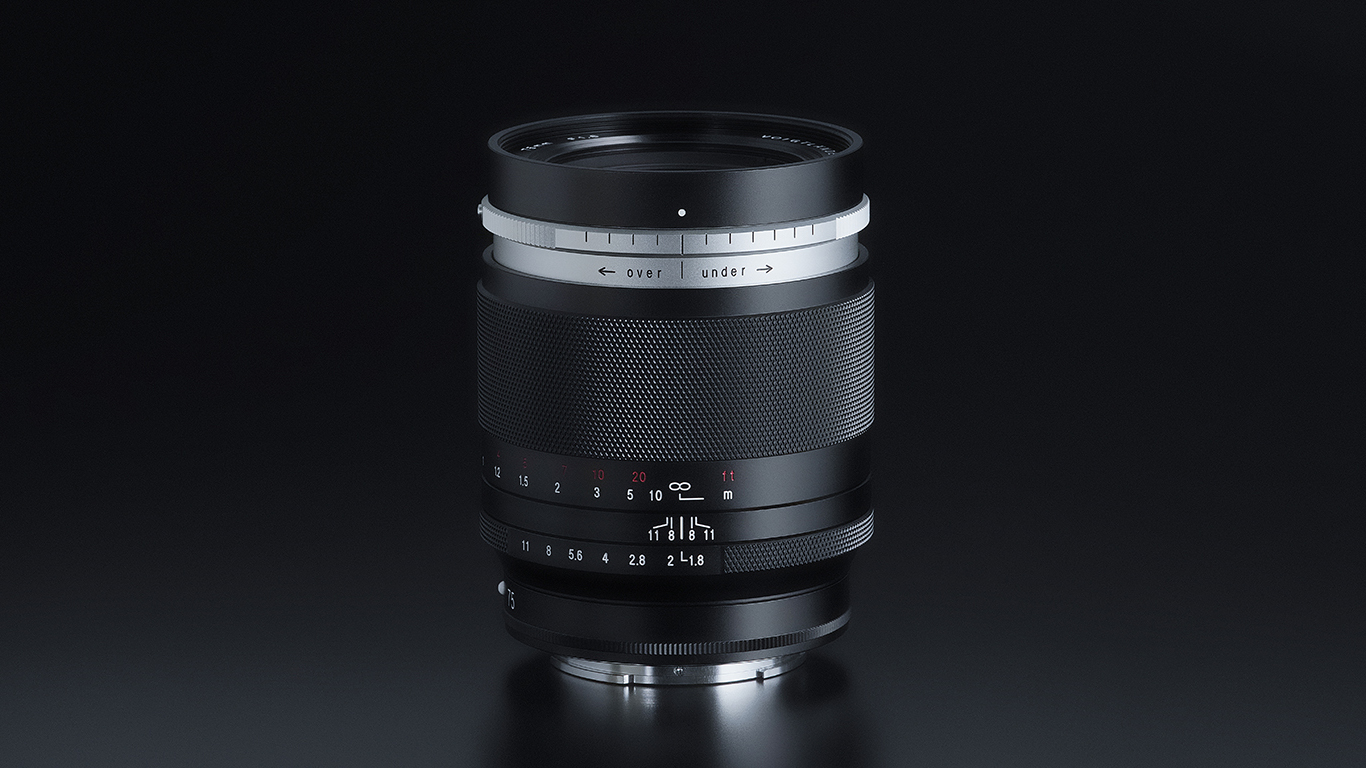
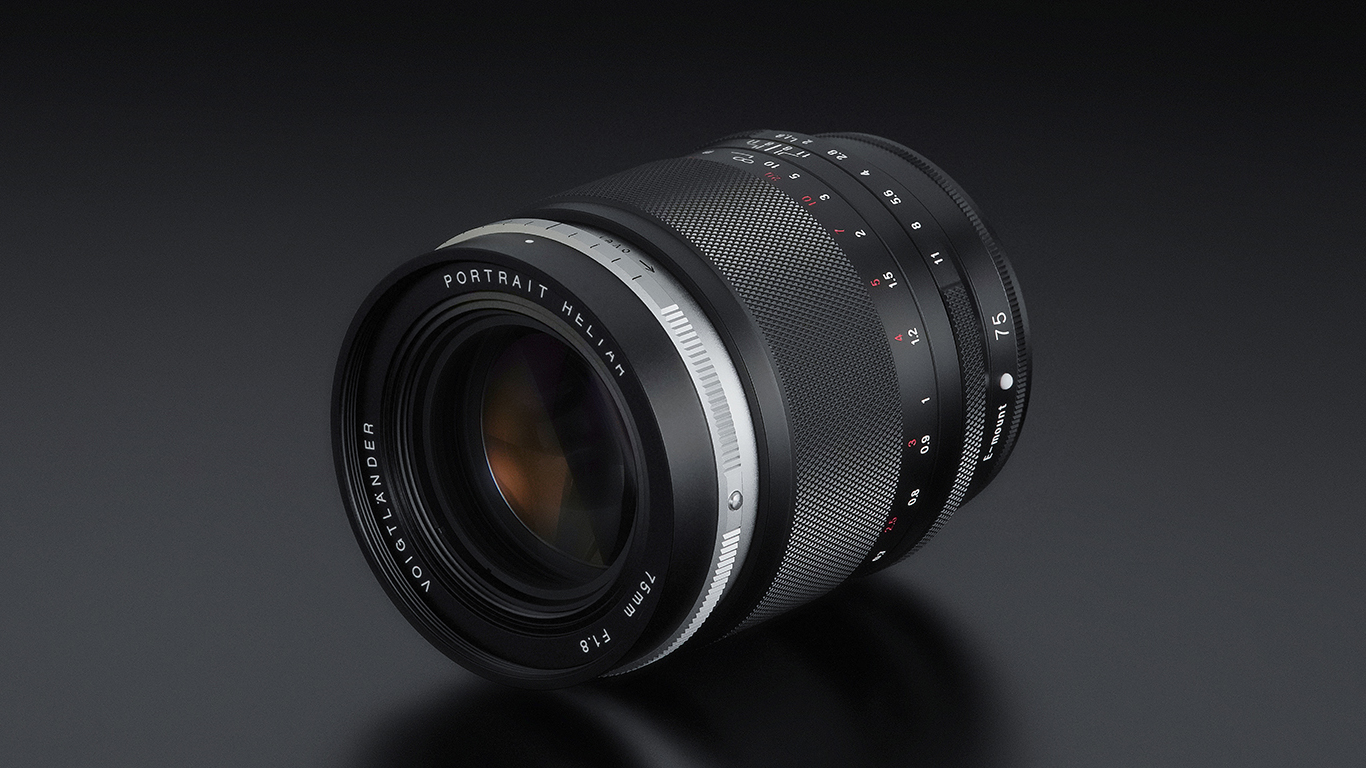
You might also like...
Take a look at the best lenses for bokeh and the best portrait lenses. And if you're a Sony shooter, check out the best Sony lenses.

Kim is a photographer, editor and writer with work published internationally. She holds a Master's degree in Photography and Media and was formerly Technique Editor at Digital Photographer, focusing on the art and science of photography. Blending technical expertise with visual insight, Kim explores photography's time-honored yet ever-evolving role in culture. Through her features, tutorials, and gear reviews, she aims to encourage readers to explore the medium more deeply and embrace its full creative potential.
You must confirm your public display name before commenting
Please logout and then login again, you will then be prompted to enter your display name.

